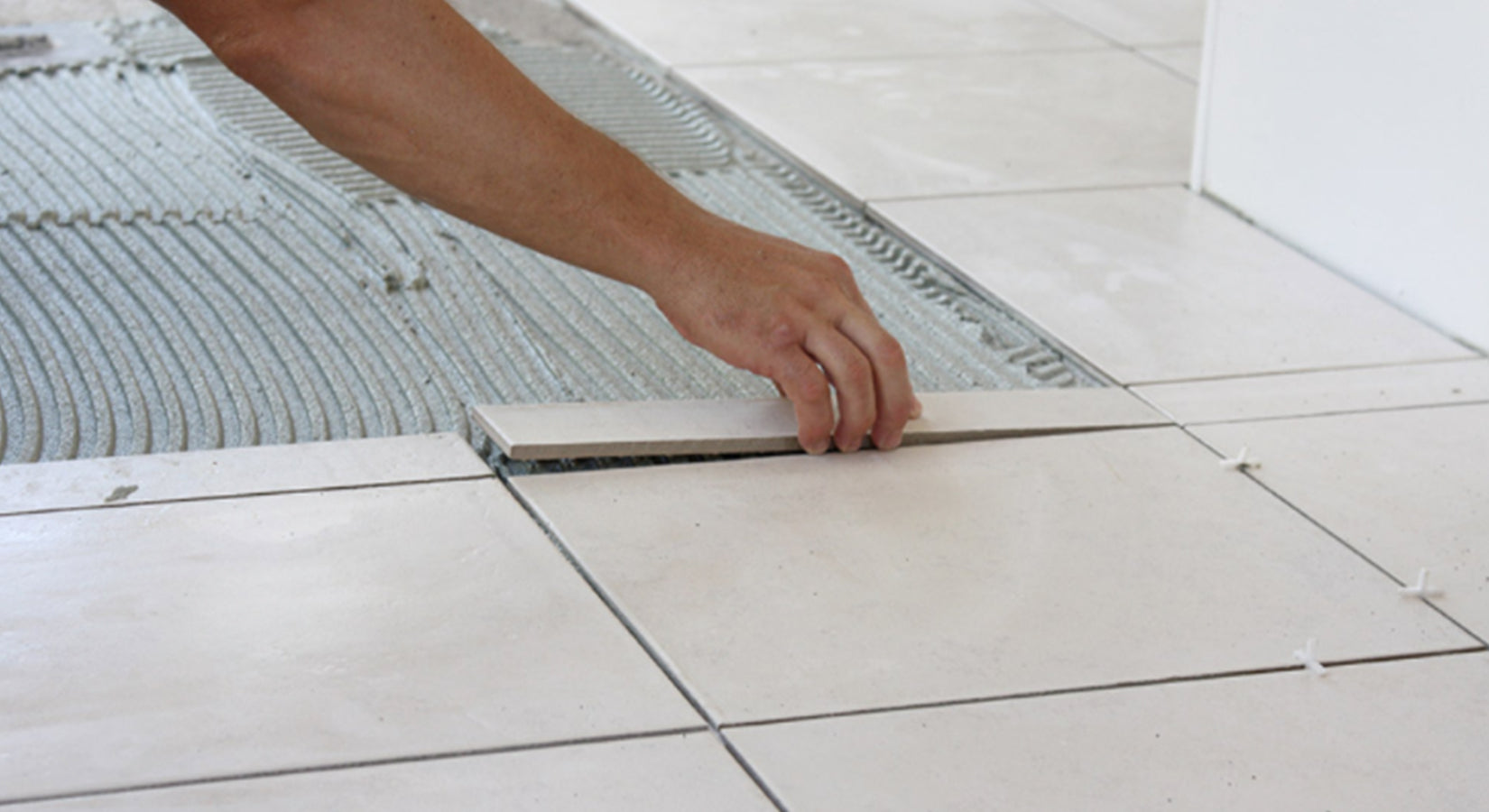When remodeling your home, one of the most expensive and labor-intensive tasks is changing the floor. Today, there is an immense variety of finishes, tiles, wood, and stone options that enhance our living spaces. Since it is an investment that increases the value of your home or business, it's important to hire a qualified team—from a designer to create the layout, select materials, and oversee the aesthetic details, to a professional contractor who can deliver outstanding workmanship.
It is also essential to select the right materials for the installation. Choosing the correct adhesive is critical for the specifications of both the surface and the tile. If you prefer classic elegance, organic textures, and natural flow, you’ll likely lean toward natural stone or marble. On the other hand, if you like symmetry, clean design, and consistency, your preference will likely be ceramic or manufactured tile. The variety available is vast and often mimics natural stone. This type of material comes in a range of prices to fit any budget. Depending on your design concept, you can also find rectified and calibrated tiles, which allow for minimal spacing between tiles. Conventional, non-rectified tiles, however, should be spaced between 3/16 to ¼ of an inch.
In both cases, it's important to carefully select the grout color according to your design. With ceramic or artificial tiles, you can also create bold patterns using different colors, shapes, and tones. You can even experiment with symmetrical and asymmetrical layouts. One thing to note about natural stone is that no two tiles are alike—each one features its own veins, tones, and unique colors. That’s the beauty of this type of material—it offers a timeless European aesthetic. When working with natural stone, the floor must be leveled, and the underlayment used must be appropriate. You also need to allow it to dry for several days depending on thickness. This is crucial because natural stone is porous, and if moisture remains, it can lead to mold stains on the surface.
Leveling the floor is also necessary to create a flat surface without dips or waves. This helps avoid hollow spots and uneven edges. While you may want to follow trends, the best choice will always be what suits your space's function and design. Dare to be creative with these materials—don’t settle for the ordinary. Consult with an interior design professional to guide you and help you break through hesitation. And let Weco handle the technical side with your installer. Weco offers a revolutionary line of adhesives, grouts, and cleaners for your floors.
To learn more about Weco’s Professional Tile Installation System, visit the products section on our website or follow us at facebook.com/wecopr.

